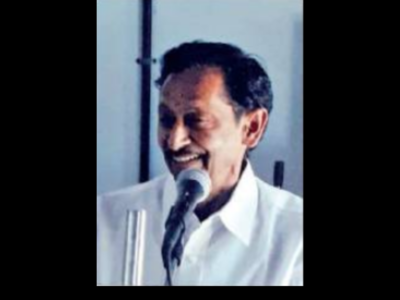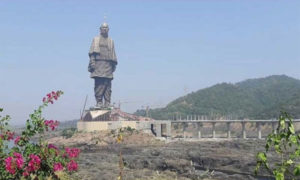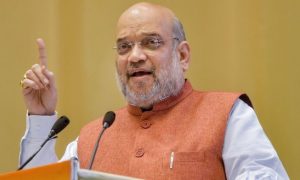AHMEDABAD: A special team of Gujarat’s vaccine communicators made tribal witch doctors peer into a microscope — the material vividness of the poliovirus spectacularly dispelled abstract superstitions. The witch doctors used their influence over the people to promote the widespread use of the vaccines.
This is one among the countless stories of triumph of science over groundless fears that Dr Vinu Patel gathered in his 29 years with the state’s dedicated health communications department. The state government closed the department in 1995.
Patel, now 83, joined the department in 1966 and eventually served as the leader of the vaccine communicators’ force.
As Gujarat’s current Covid vaccine push is somewhat blunted by hesitancy in rural areas, authorities can take a shot of confidence from the state’s rich history of jab education which successfully administered persuasion.
The turnaround for the polio vaccine came in the 1980s. Tribals of Mehsana district thought the wrath of gods will fall on them if they let their children take the vaccine. A group of tribal witch doctors or ‘bhuas’ were then approached by the vaccine communicators. The team also consisted of a sociologist, an epidemiologist, and a doctor. The witch doctors were taken to a microbiology lab. There, the traditional healers had their first sight of the poliovirus, the enemy of their children. When the virus was magnified for evidence of threat, the science behind the vaccine was amplified easily.
“The bhuas became our brand ambassadors and were convinced that the gods wanted them to take the vaccination drive forward,” said Patel. He was the head of the state’s information education and communication (IEC) department dealing with health matters.
The team handled smallpox, polio, BCG, and DPT vaccine drives in Gujarat. At the time, Gujarat was among the handful of states that ran such successful programmes. Patel was trained in the Johns Hopkins University method. His colleagues who underwent the same training of the reputable US institution were Kaushik Desai and Kirit Shelat.
Together, they designed events such as street plays and puppet shows to champion vaccination. The mediums were popular among women and children in villages, so the vital health messages filtered through smoothly.
“People had misconceptions,” Patel said. “They thought vaccines will make them sick and impotent. Some imagined conspiracies. The most strident objection was that vaccines challenged the might of God.”
Patel described how in the 1980s Goddess Shitala Mata was factored into the smallpox vaccination initiative. “Our sociologist and local health officers suggested that we make Goddess Shitala Mata a part of the campaign and organize a huge vaccination drive during the weeklong prayer meeting at the temple,” Patel said. “It worked! To persuade people to take the jab, you have to be in their midst. No social media post, hoarding, or banner will do.”
Patel added: “To get rid of myths, you have to talk to people face to face, hold meetings with bhajan mandlis, mahila mandlis, and youth groups.” He said people’s beliefs, their worldview, and customs must not be disrespected.
“Whether you are dealing with villagers, tribals, migrants, or slum-dwellers, you must weave your message respecting their belief systems,” Patel said.
In Modasa in the late 1980s, persuading women to accept the intrauterine device (IUD) for birth control was a massive challenge. “During field interviews, we learnt that stigma was attached to the IUD,” Patel said. “So my colleague Kaushik Desai came up with the stratagem of the brown medicine bottle. Back then medicines were provided at state dispensaries.”
Patel went on to say: “Women came in with the brown bottle, which to outsiders meant that they had dropped by for cough syrup. But the women were led into a private room where the IUD was inserted.” The women walked away with the bottle, he said. “Thanks to the women, the bottle was a well-kept secret!” he said.





































